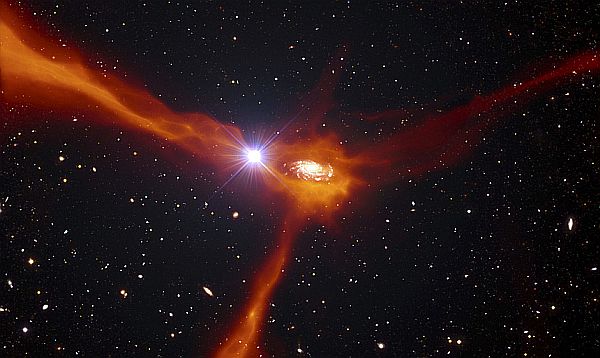A team of some 30 scientists are preparing to take advantage of the special characteristics of Mexico's Isla Guadalupe for a vanguard project in radio astronomy.
The Sci-Hi experiment has the potential to make Mexico "a pioneer at the Latin American level in the search for the birth of the earliest galaxies in the universe," the National Institute of Astrophysics, Optics and Electronics, or INAOE, said in a statement.
Led by Mexican researchers, the project includes about a dozen scientists from the United States, Canada, Britain, and Argentina.
The focus of the Sci-Hi project is on detecting neutral hydrogen, or HI, which is a residue of galaxy formation.
Isla Guadalupe, which sits in the Pacific Ocean 150 miles off the coast of Baja California, is virtually free of radio and television signals, making it a perfect spot for radio astronomy.
While there are larger and more sophisticated radio telescopes in other parts of the world, "the Sci-Hi experiment exploits the advantages of one of the best radio-quiet zones on our planet," INAOE physicist Omar Lopez Cruz said.


